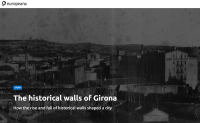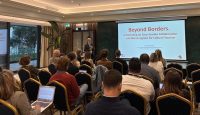
Antonella Fresa, PREFORMA Technical Coordinator, has been invited by the organisers of the Fifth International Conference on Digital Presentation and Preservation of Cultural and Scientific Heritage (DiPP2015) to present a keynote talk on the experience in the PREFORMA project.
The speech “DCH-RP and PREFORMA: two case studies on the digital preservation of cultural heritage”, focuses on the work carried out by two projects: DCH-RP (Digital Cultural Heritage Roadmap for Preservation, recently concluded) and PREFORMA (PREservation FORMAts for culture information/e-archives).
Download here the full presentation.
DCH-RP, mostly centred on planning and organisational aspects, defined a roadmap for implementation of a federated infrastructure for digital preservation of DCH and more in general devoted itself to support the realisation of an open science in the arts and humanities. PREFORMA is devoted instead to a technological challenge: the implementation of an open source conformance checker that verifies whether the file to be ingested in digital archives has been produced according to the specifications of a standard file format and ensures this process is under the direct control of memory institutions.
DiPP2015 aims at presenting innovative results, research projects and applications in the field of digitisation, documentation, archiving, representation and preservation of global and national tangible and intangible cultural and scientific heritage. The main focus is to provide open access to digitised cultural heritage and to set up sustainable policies for its continuous digital preservation and conservation. The priority area is the digital presentation and preservation of cultural and historical objects under conditions of risk, including those from the Veliko Tarnovo region. The forum will demonstrate innovative technologies and prototypes, including digital repositories, digital archives, virtual museums and digital libraries, which result from established practices and achievements in the field. Representatives of public and specialised libraries, museums, galleries, archives, centres, both national and foreign research institutions and universities are invited to participate and exchange experiences, ideas, knowledge and best practices of the field.
There will also Workshop on Open Access to Scientific Publications and Data, which will primarily focus on the following activities:
- Open Access indicators;
- Disseminate partners’ best practices;
- Discuss research problems in the field;
- Discuss the possibilities of establishing a network of open-access repositories;
- Contribute to the problems of the harmonization of national legislation and practices; and
- Discuss the possibilities of developing training courses for creators and managers of scientific digital repositories to ensure interoperability.
Date of the Event: September 28–30, 2015
Location of the Event: Regional Museum of History and P.R. Slaveykov Regional Public Library in Veliko Tarnovo, Bulgaria
Working language of the conference: English
Read the article published on Digitalmeetsculture.net to announce this event
Conference website: http://dipp2015.math.bas.bg/


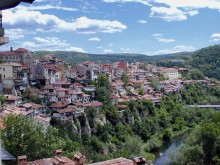

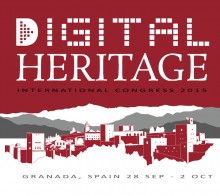 The amount of digitized cultural heritage in Europe is impressive and has a great potential of impact on the society, by making the cultural heritage more accessible for the citizens, students, researchers and by generating benefits to the content owners. Even if already amounting to several tens of millions of digital items, only a tiny percentage of European cultural heritage is digitized, and nowadays more and more attention is paid to those collections, hitherto unknown or not fully acknowledged, that are preserved in those European States that relatively recently joined the Union. Furthermore, certain kinds of cultural heritage, such as early photography, are not preserved by memory institutions but are in the hands of private citizens, who should be invited to share their holdings with the whole community. For these reasons it is necessary that digitization activities go ahead in the coming years, and acquire a more participative approach: smaller archives, private collectors, individuals should have the possibility to access digitization facilities and to get support, training and services.
The amount of digitized cultural heritage in Europe is impressive and has a great potential of impact on the society, by making the cultural heritage more accessible for the citizens, students, researchers and by generating benefits to the content owners. Even if already amounting to several tens of millions of digital items, only a tiny percentage of European cultural heritage is digitized, and nowadays more and more attention is paid to those collections, hitherto unknown or not fully acknowledged, that are preserved in those European States that relatively recently joined the Union. Furthermore, certain kinds of cultural heritage, such as early photography, are not preserved by memory institutions but are in the hands of private citizens, who should be invited to share their holdings with the whole community. For these reasons it is necessary that digitization activities go ahead in the coming years, and acquire a more participative approach: smaller archives, private collectors, individuals should have the possibility to access digitization facilities and to get support, training and services.


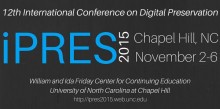
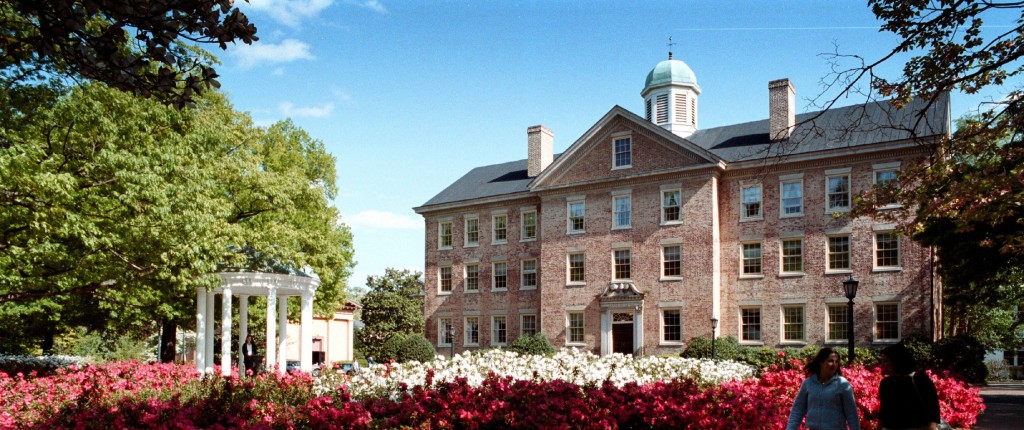

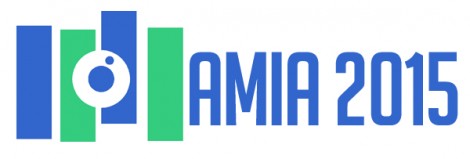
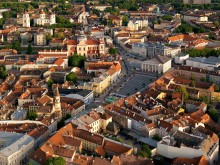
 PREFORMA project has been invited to disseminate its results and papers via the eChallenges e-2015 Conference & Exhibition.
PREFORMA project has been invited to disseminate its results and papers via the eChallenges e-2015 Conference & Exhibition.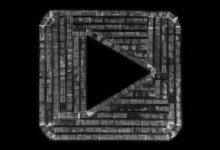
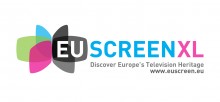 During two eventful days the EUscreen network will involve archivists, curators, broadcasters and researchers to discuss the benefits and challenges arising from the openness of archives and collections in the digital age. The availability of audiovisual heritage online provides new possibilities of curation, participation, exchange and transnational cooperation that not yet have been fully explored.
During two eventful days the EUscreen network will involve archivists, curators, broadcasters and researchers to discuss the benefits and challenges arising from the openness of archives and collections in the digital age. The availability of audiovisual heritage online provides new possibilities of curation, participation, exchange and transnational cooperation that not yet have been fully explored.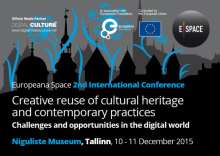
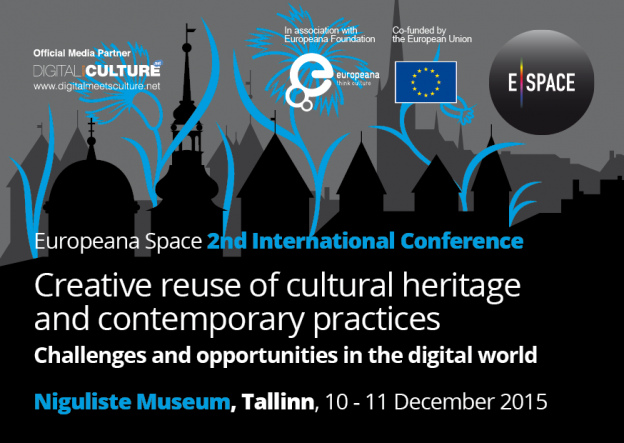

 The aim of the
The aim of the 








